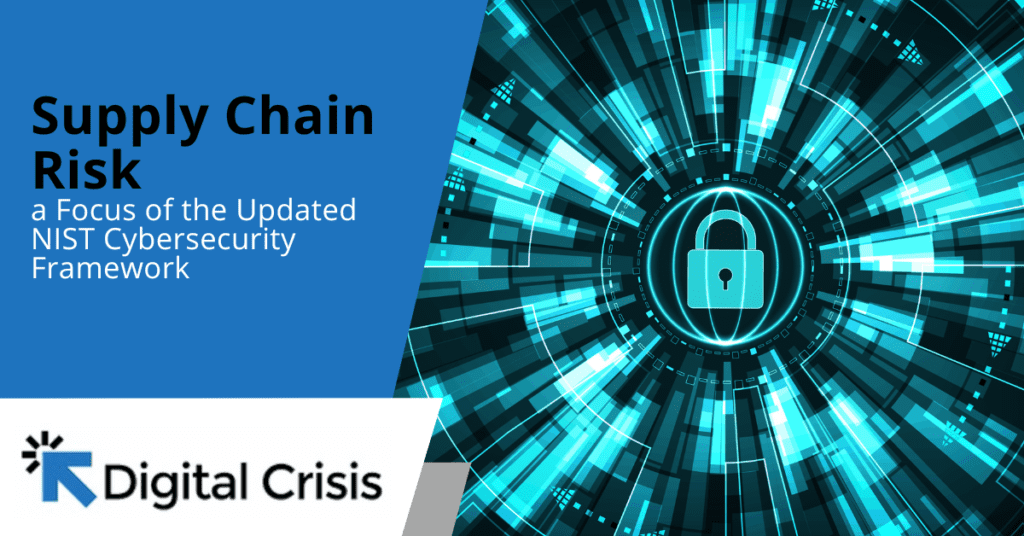
In the ever-evolving landscape of cybersecurity, the importance of addressing supply chain risk has become increasingly apparent. As businesses integrate complex networks of suppliers and vendors into their operations, they inadvertently open up new avenues for potential cyber threats.
Recognizing this, the National Institute of Standards and Technology (NIST) has recently updated its Cybersecurity Framework to include a stronger emphasis on mitigating supply chain vulnerabilities.
The NIST Cybersecurity Framework provides a comprehensive set of guidelines, best practices, and standards to help organizations manage and improve their cybersecurity posture. Originally released in 2014, the framework has since become a cornerstone for cybersecurity risk management across various industries.
It consists of a set of core functions - Identify, Protect, Detect, Respond, and Recover - which serve as the foundation for developing, implementing, and maintaining effective cybersecurity programs.
In response to the rapidly changing threat landscape and emerging cybersecurity challenges, NIST periodically updates the framework to ensure its relevance and effectiveness.
The latest update reflects a growing recognition of the critical role that supply chain risk plays in overall cybersecurity strategy. This update underscores the need for organizations to adopt a proactive approach to identifying, assessing, and mitigating supply chain vulnerabilities.
Supply chain risk refers to the potential threats and vulnerabilities that arise from the interconnected networks of suppliers, vendors, and third-party partners that support an organization’s operations.
These risks can manifest in various forms, including malicious attacks, data breaches, counterfeit components, and supply chain disruptions. Left unaddressed, supply chain vulnerabilities can have far-reaching consequences, impacting not only the affected organization but also its customers, partners, and stakeholders.
One of the primary challenges in addressing supply chain risk lies in the complexity and interconnected nature of modern supply chains. Organizations often have limited visibility and control over their extended supply networks, making it difficult to assess and manage potential risks effectively. Additionally, the reliance on third-party vendors and suppliers introduces additional layers of complexity, as each entity may have its own cybersecurity practices and standards.
To mitigate supply chain risk effectively, organizations must adopt a multi-faceted approach that encompasses various aspects of cybersecurity and risk management. This approach may include:
The updated NIST Cybersecurity Framework provides organizations with a valuable resource for addressing supply chain risk within their cybersecurity programs. By integrating supply chain considerations into the framework’s core functions, organizations can develop more robust and resilient cybersecurity strategies that encompass the full breadth of their supply chain ecosystem. This includes:
As organizations continue to navigate the complex and dynamic landscape of cybersecurity, addressing supply chain risk has become a critical imperative. By incorporating supply chain considerations into their cybersecurity strategies, organizations can enhance their resilience and mitigate the potential impact of supply chain-related threats.
The updated NIST Cybersecurity Framework provides a valuable framework for organizations to achieve this goal, offering guidance and best practices for managing supply chain risk effectively. At Digital Crisis, we are committed to helping organizations navigate the evolving cybersecurity landscape and strengthen their defenses against supply chain vulnerabilities.
Contact us today to learn more about our comprehensive cybersecurity solutions and how we can help protect your organization from supply chain risk.